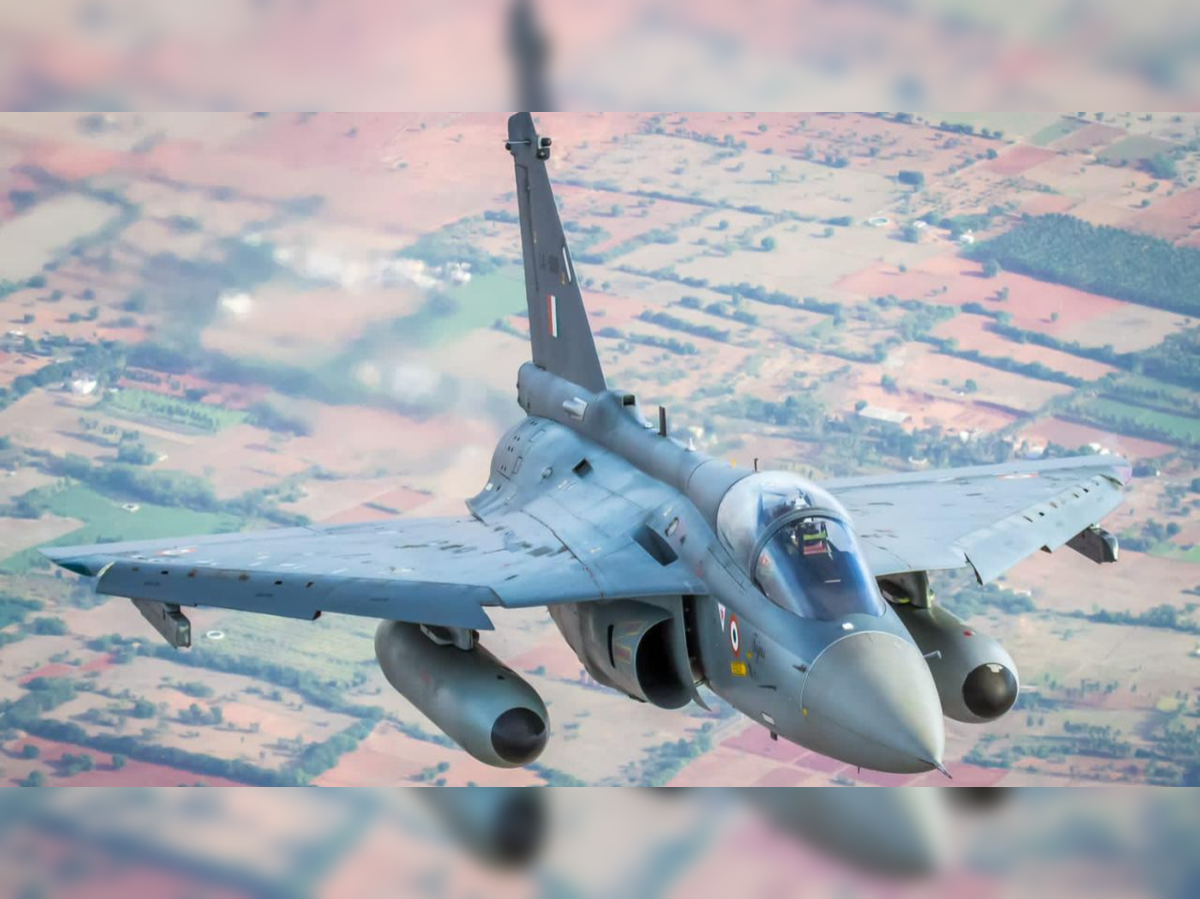SOURCE: AFI

Brazil, with its fleet of over 40 F-5 and 20 AMX aircraft, is considering a strategic shift towards a two-type fighter/strike aircraft fleet in the future. Driven by cost considerations, the country is exploring alternatives to replacing its entire fleet with the Gripen E.
In a potential win-win scenario, Brazil and India could form a strategic partnership that benefits both nations. Embraer, a renowned Brazilian aerospace company, could negotiate a package to set up an C-390 assembly plant in India. This move would not only strengthen India’s aerospace industry but also provide Brazil with a cost-effective option for acquiring advanced surveillance aircraft.
Simultaneously, Hindustan Aeronautics Limited (HAL) could explore the possibility of supplying Tejas Mk1A fighter jets to Brazil. Given Brazil’s existing familiarity with the Gripen platform, which is based on the Saab JAS-39 Gripen, HAL’s Tejas Mk1A, a similar light combat aircraft, could be a viable option for Brazil.
Such a partnership would offer several advantages to both countries. For Brazil, it would provide a diverse fleet of aircraft, reducing its reliance on a single platform and enhancing its operational flexibility. For India, it would create new export markets for the Tejas Mk1A and strengthen its position as a global aerospace player.
While setting up an C-390 assembly plant in India would undoubtedly require significant negotiations and investments, the potential benefits of such a partnership could outweigh the challenges. By combining their strengths and expertise, Brazil and India could create a mutually beneficial arrangement that strengthens their defense capabilities and promotes economic growth.